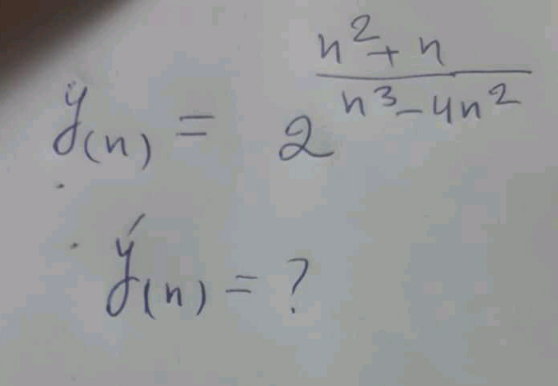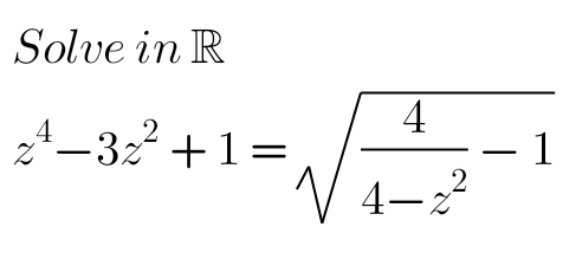
AllQuestion and Answers: Page 704
Question Number 148330 Answers: 1 Comments: 0

Question Number 148328 Answers: 2 Comments: 0
Question Number 148326 Answers: 1 Comments: 0
$${Find}\: \\ $$$${Li}\underset{{x}\rightarrow\infty} {{m}}\left({e}^{{x}} +{x}\right) \\ $$
Question Number 148324 Answers: 2 Comments: 0
$${x}^{\mathrm{2}} −{y}^{\mathrm{2}} =\mathrm{3},\:{find}\:{dy}/{dx} \\ $$
Question Number 148323 Answers: 2 Comments: 0
Question Number 148321 Answers: 1 Comments: 0

Question Number 148437 Answers: 2 Comments: 0

Question Number 148314 Answers: 1 Comments: 1
Question Number 148364 Answers: 0 Comments: 2

Question Number 148303 Answers: 2 Comments: 0
Question Number 148398 Answers: 1 Comments: 0

Question Number 148289 Answers: 1 Comments: 1

Question Number 148285 Answers: 1 Comments: 1
$$\int_{\mathrm{1}} ^{\infty} \frac{\mathrm{1}}{{x}^{\mathrm{2}} \mathrm{ln}{x}}{dx}=? \\ $$
Question Number 148284 Answers: 1 Comments: 0

Question Number 148301 Answers: 1 Comments: 0
Question Number 148300 Answers: 2 Comments: 0
Question Number 148302 Answers: 2 Comments: 0
Question Number 148280 Answers: 0 Comments: 0

Question Number 148279 Answers: 0 Comments: 0

Question Number 148278 Answers: 0 Comments: 0

Question Number 148276 Answers: 1 Comments: 0

Question Number 148274 Answers: 0 Comments: 0

Question Number 148270 Answers: 1 Comments: 1
Question Number 148262 Answers: 0 Comments: 0
Question Number 148268 Answers: 1 Comments: 0

Question Number 148257 Answers: 2 Comments: 0

Pg 699 Pg 700 Pg 701 Pg 702 Pg 703 Pg 704 Pg 705 Pg 706 Pg 707 Pg 708
